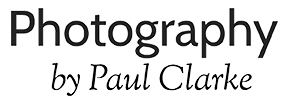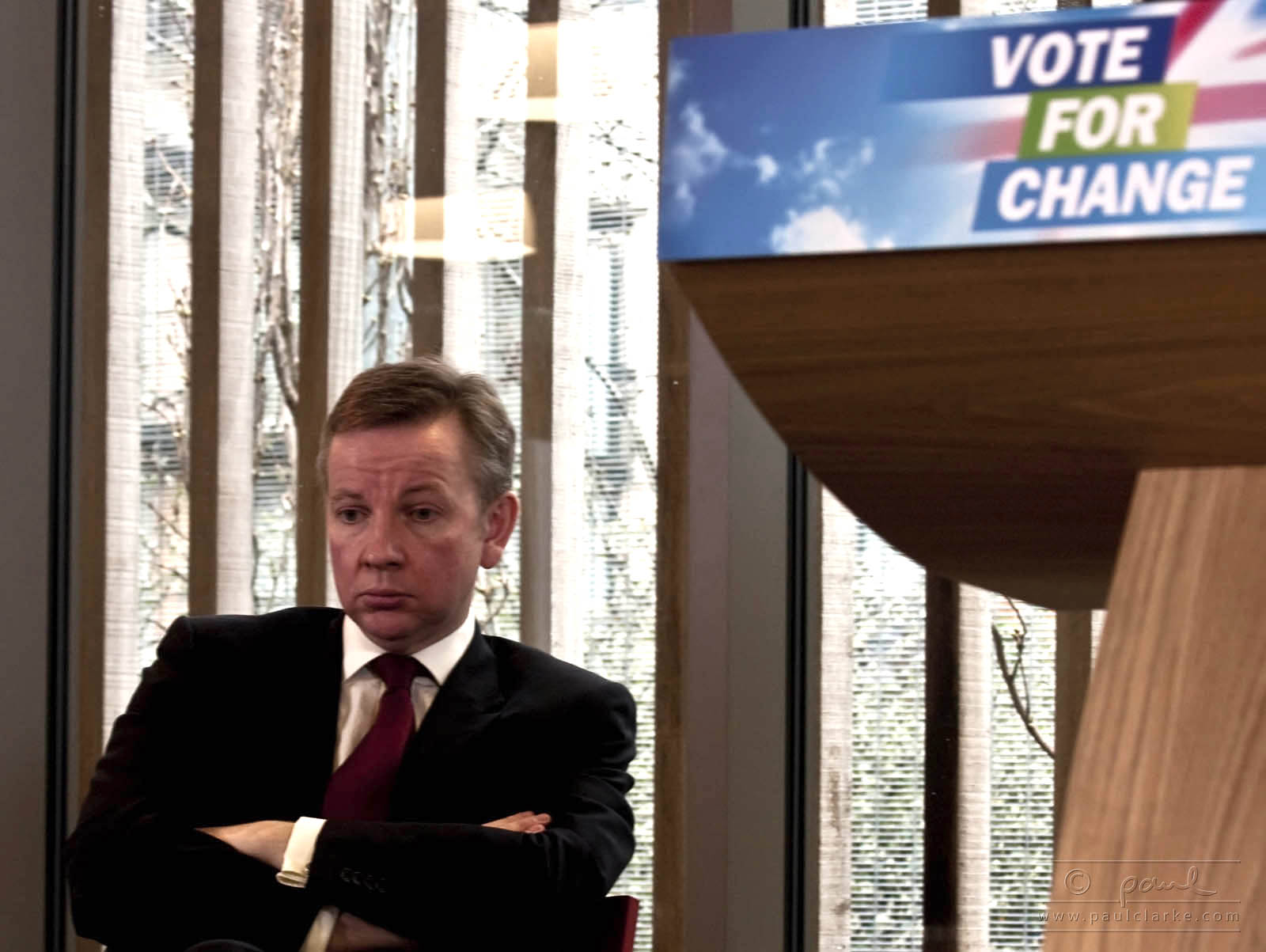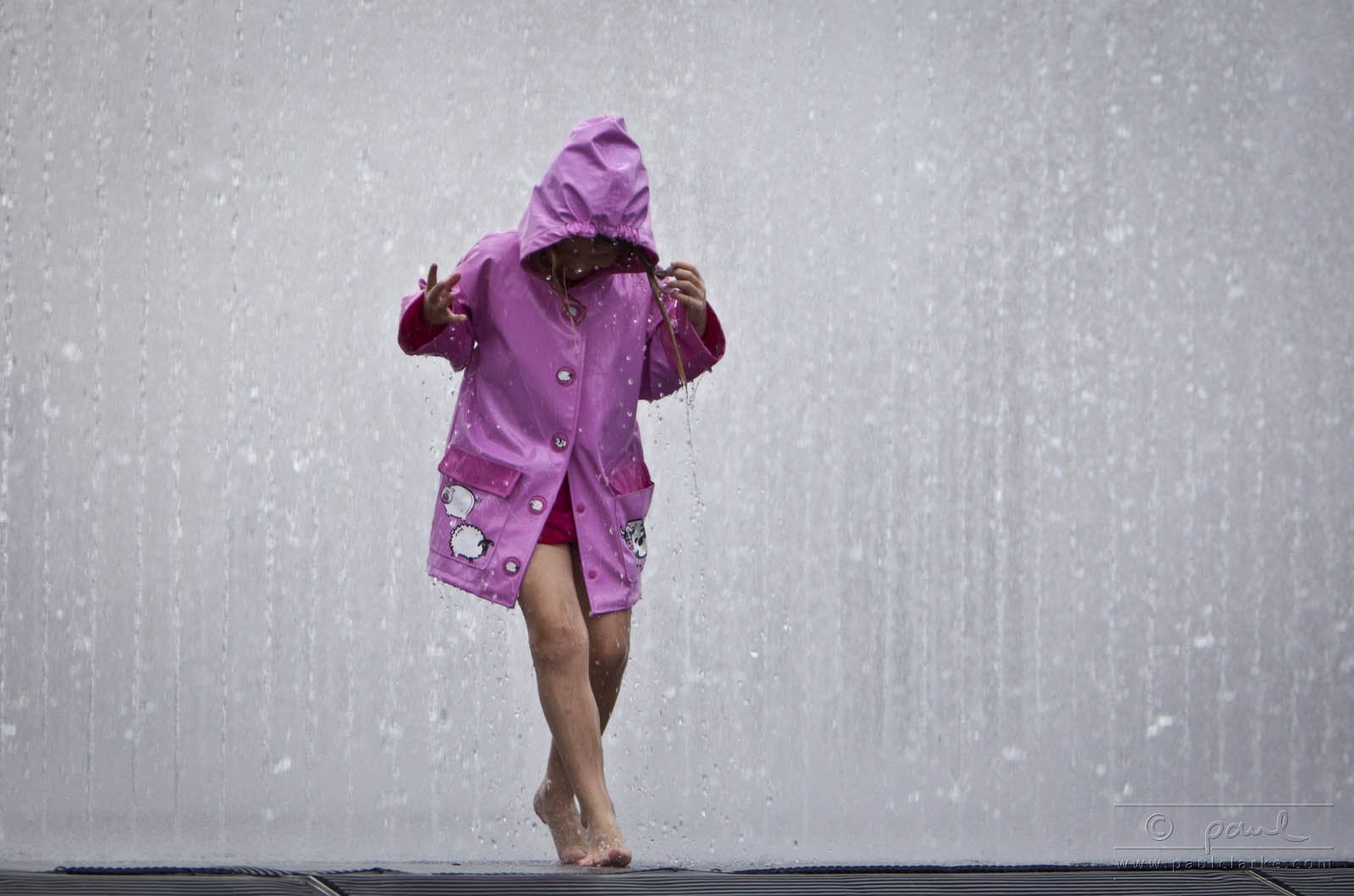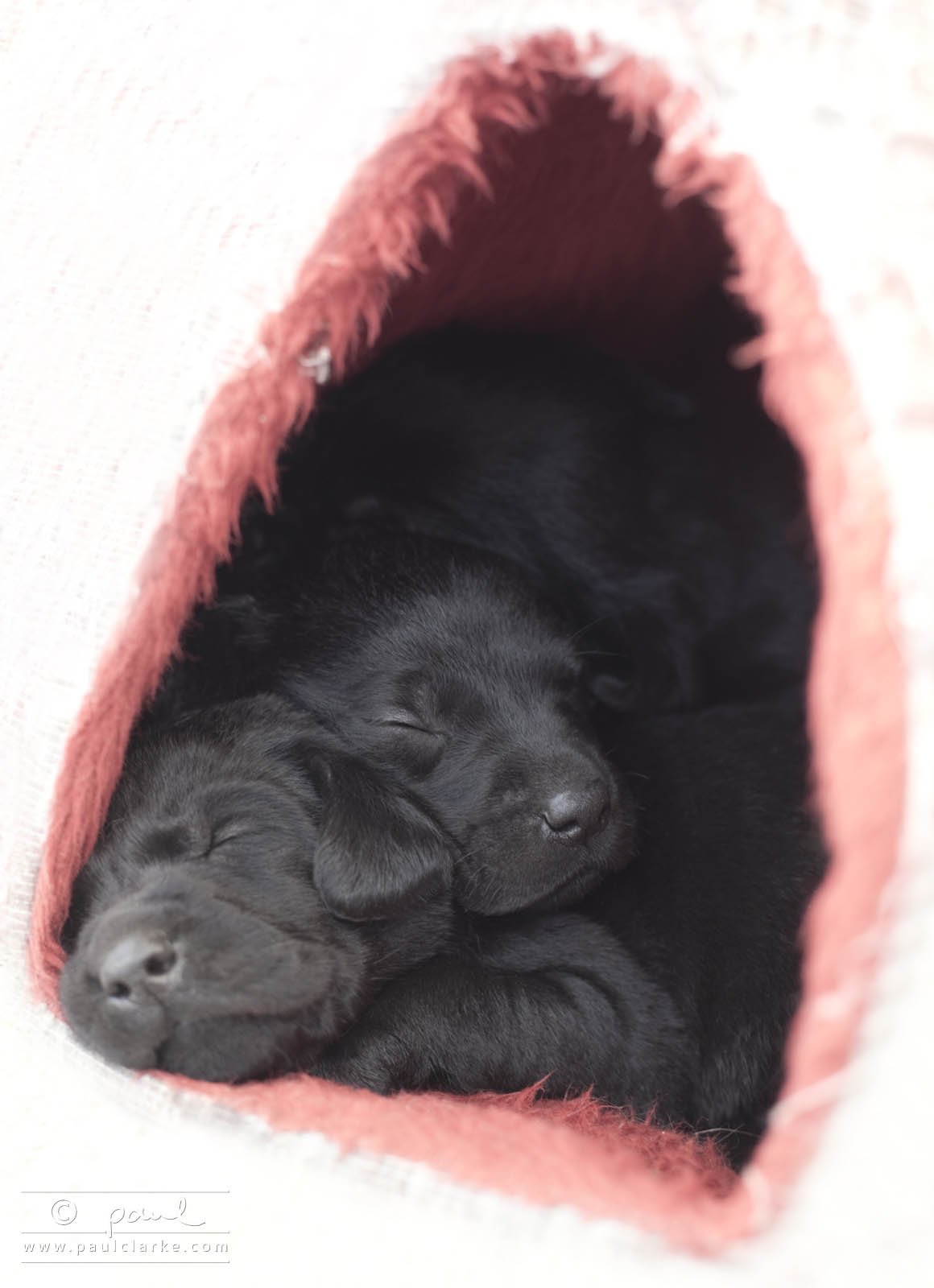You might have seen pictures from this twitter feed sweeping socialmedialand over the last few days <1>. Crowd-sourcing at its finest. People take photos of other people while they are asleep on public transport. They tweet them to @sleepycommuters. This account scrapes the picture, and tweets it from their own account, sometimes citing the originating tweeter <2>.
At least we assume they’re asleep. They could be ill. Or incapacitated through drink or drugs. Or have health conditions that make them look the way they do. Or were just blinking, given the shutter’s power to create the illusion of persistence in its fraction-of-a-second of motion.
It doesn’t matter: there they are – grist for the public entertainment mill. There to be covertly papped and publicised.
Actually, it’s not even covert, is it? You can just take the picture, tweet it, laugh a lot and THEY WON’T EVEN NOTICE. Because they are ASLEEP.
I mean, they’re in PUBLIC, aren’t they? Anyone can see them with their EYES. Nobody knows who they actually ARE, FFS! It’s just a bit of a LAUGH, isn’t it? (32,536 followers at the time of writing seem to think so…)
But I don’t think it’s all that funny. These pictures touch on so many issues around our changing definitions of public and private. About identification and broadcast. About rights and responsibilities and consequences.
What are the actual rules, anyway? You won’t find a handy .gov.uk reference guide that gives you every last answer, that’s for sure. Mainly because the issues involved aren’t just blank legal/not-legal tests, but rather more subtle. Issues around concepts of decency are much harder to nail down. There are guides like this one and this one which are of some use, but they’re not the ultimate answer to all the questions.
The hard facts here are that the sleepy train people (quite a few of them don’t seem much like commuters to me) can pretty much always be photographed if they’re on public transport, and the pictures tweeted, without their consent. TfL will tell you you need a permit to take pics on the tube, and I’ve seen at first hand a photographer being detained by station staff at Charing Cross, but these constraints are generally more about retaining some form of control and income from commercial photography, from what I’ve seen. (And sometimes just about uniform-wearers wielding a bit of power, but that is yet again a story for another day). These details notwithstanding, you’re very unlikely to face any repercussions for taking a photo on public transport.
(I’ll leave the debate about the “publicness” of spaces like stations and trains for another day. Suffice to say that what we call “public” can also be privately-owned, and controlled.)
There is a potential legal discussion around whether sleeping people can claim a “reasonable expectation to privacy” while they are in said condition (I doubt it, but would love to find some case law). Their images can’t be used for commercial gain without their consent (unless classed as “editorial”), but that’s not at issue here. And the difference between “the law says I can do it” and “I imagine you’ll behave perfectly rationally if I start taking photos of you and your child on the bus” doesn’t need spelling out.
No. Sticking to rigid rules of law won’t help us very much. This might feel (it does to me) like gross intrusion on privacy. But being offensive is not enough to make something an offence.
The identifiability question is really interesting (to me, at least). With a flavour of an old philosophical question, does it cause any substantive harm if “an anonymous person” is treated with this indignity? If they have a name badge on (especially with an unusual name), then this changes. And of course it definitely changes when someone knows them, and identifies them. It changes even more were that identification to be amplified, say through a court action or a complaint to a newspaper. We can’t even assume there’d be negative feedback, or outcomes. A particularly spectacular example would bestow celebrity of a sort (and perhaps in due course a recording contract, says the grumpy old blogger…)
It’s rich and confusing territory. And changing constantly, as is society’s relationship with image and technology. Photographers think about this stuff all the time. Or they should.
A politician looking a bit special in public…
or even on private property…
are fairly clear.
What about an unknown girl playing in the water feature on the South Bank on a hot day? Valid illustration of a city’s summer delights, or intrusive and creepy?
Does it make a difference that her face is selected for its deflection from full view – reducing, but not eliminating, her identification?
What if there’s a real purpose to the image? Like many photographers, I am distinctly averse to taking photos of a city’s homeless. Photogenic and all that, but exploitation with no purpose other than “oh look at my nice eye for features and lighting”? No.
But this one…
…is an exception to my personal rule. I found the demonstration that homeless young lads played chess to be subversive enough to warrant the telling of their story through a picture.
——
Update, 13 Jan: And then of course I remembered the photo I took and uploaded of people asleep. In a railway station. Without their consent. So how did I justify that? Well, with anonymity first and foremost, an attempt to compare their organic sculpture to the work of a rather more famous artist, and with a little processing treatment to reduce the naturalism of the photo. They were striking, but still dignified (in my humble view). Oh, and I didn’t post it to somewhere where people would be likely to head purely to revel in the presence of a bit of dribble, or the sight of someone’s pants. But yeah, it’s a very difficult area. The destination, the labelling, the tone – all can have as much effect as the basic subject matter.
——
Ultimately, we must make our own choices about dignity and decency, whether we’re image creators or viewers. For some this will be “do to others as I’d be done to”. For some, “don’t be a dick” might do the trick. Codes of acceptability are personal to all of us, and can in my case make some indignity palatable in the interests of humour. [Disclosure: I’ve contributed to this one] There’s a lot more to be said on these issues that can possibly fit in one post, so apologies for any omissions.
But people asleep – having stepped beyond conscious control of their features, clothing, posture..? No. That incapacity, not just shocking trouser choice, makes the difference. Sleepy Commuters is on the wrong side of the line.
Sleepy Puppies. Much safer.
The sleeping child in the hammock is one of mine, if you were wondering.
Footnotes:
1. I link to the Twitter account in question with mixed feelings. But after a mighty plug in the Wail OnWhine, I hardly think this post is going to make a great deal of difference to the size of its audience. And you really need to see the stuff to make sense of this post. (You don’t *have* to follow the Twitter account.)
2. This is the first example I’ve seen that works like this. More commonly, a Tumblr or other site brings the images together in one place, with or without attribution. The questions of “ownership” of the Sleepy Commuters photos are mildly interesting, with respect to the way in which rights are asserted or documented, but I assume that nobody who participates in this actually gives a shit about very much.







Thought-provoking post.
Question: does your son share your views on what can be published openly? Or is that a parent’s prerogative?
In this case it’s my prerogative. Every parent can take their own view. Generalisations are always a bad thing.
Rich and confusing territory, indeed.
You make some good points Paul, but I don’t know…is it any different taking pictures of people when they don’t realise they’re being photographed and they’re knackered? http://www.flickr.com/photos/paul_clarke/5379149784/. That photographed is tagged, just like any less than flattering picture of a politician’s would be, in the archives for all to see. We are so often the sum total of our images these days, it seems. And what about homelessness as a desperate plight to be illuminated? Is that exploitation, or awareness raising?
It’s so easy to stand above others when it comes to discussing what is and isn’t acceptable in this area. When do people ‘step beyond conscious control of their features’? Probably more often than we realise… many people would say they’re not in conscious control when, for example, they don’t realise they’re being photographed.
There is a general principle emerging that seems to be representing this shift – that we don’t completely own our identities perhaps, that they also live in the minds of others who perceive us and, sometimes, take photographs of us. That’s a notion that can be deeply uncomfortable at times…I hope it encourages a more respectful approach, as you suggest.
It’s a very good point. I have refined my own practice over the years, as I’ve learned more and more, and almost never identify individuals by name now unless they are public figures. Additionally, any candid-shot event sets are always accompanied with a very visible offer to take-down (not just de-identify) anything with which a subject is uncomfortable.
Actually, I don’t mind the photograph. It’s real, and those kinds of honestly real things (to use a phrase) are often based on people not being entirely in control after all… but thanks for changing the tag, Paul, you don’t necessarily need to, I was just making a point.
This is a huge and philosophically challenging area of discussion. I’m glad you raised it, though I suspect beyond the case-by-case nature of the relationship between the photographer and his or her subject, there’s no easy answer.
So here’s a thing. Photographers (you) have a very great power, as you’ve outlined in this post but as has also been shown in recent shenanigans with Kate Middleton and Prince Harry. You have the power to destroy a career.
Okay so most people don’t have the power to do that, so that’s irrelevant, I suppose.
Reframe it. You can choose to make me look beautiful or stupid. You can use light to make me ugly or pretty. You can snap 20 pictures in quick succession and I have no control over which one you choose to make public of me on Flickr and then tag. Or on Facebook. You can destroy someones fragile self esteem, or you can contribute to their confidence. If you have prior knowledge of either likely outcome, you can consciously choose.
But the people snapping the sleeping people? No conscious decision. They’re as sleepless as the sleepless they snap. Welcome to the democratic world of ‘everyone has a smartphone’. Combined with ‘society didn’t catch up with this yet’.
On that last point, yes, perhaps there is something of the unconscious about some of the “I see it so I must snap it” thinking. But the decision to tweet that to @SleepyCommuters is always a conscious decision. The capture is less significant than the broadcasting (or as think is often a more useful term, the making-findable).
The surfacing of the image is conscious. The impact of surfacing the image? No thought given at all, or so it appears.
Wait until facial recognition matures a little. Then things will kick off to an extent we can barely imagine now.
I must confess, this gives me fear. FB already caused kerfuffles with adoption, fostering, child protection, CAFCASS etc. Gotta get a grip on all this.
A further thought, prompted by Anne’s comment above: there’s another nagging problem for me with the way the sleepy people are being aggregated, as opposed to other candid photography you find online (including, as noted, in my archive). Finding a photo of yourself or someone else, by name, starts from the searching for that name. Finding photos of awkwardness and indignity is done quite differently – it’s by going to (or following) a SleepyCommuter-type aggregation. The relationship between “individual” and “type of image” has been flipped. It doesn’t actually matter who these people are: they are just caricatures. And that depersonalisation is hugely problematic for me just by itself. Yet LAMFRT, as noted above, does just this: just how much better is ridicule-while-conscious than ridicule-while-zonked-out? Very difficult indeed.
Great post, Paul.
I might be over-simplifying, but I think the answer is obvious: would I like it if someone did this to me? Answer: no.
People who put themselves forward as it were, that’s fine. But people having a nap or – as you point out – suffering a medical condition, that’s only a few steps away from the Victorians gaping at people in freak shows.
Only just seen this, oddly, given recent conversations. When I think I am going to sleep in public, I cover myself (face/head) with my coat. It’s a taking of the veil for our times. More recently, I’ve felt like extending the principle into other areas of life, but haven’t quite had the energy to argue the point. I’m just a private person.
Pingback: Homeless given tickets to sleep on night buses, due to bed shortages
Pingback: Au Royaume-Uni, des associations permettent aux sans-abris de dormir dans des bus
Pingback: Homeless youngsters told to sleep on night buses, due to bed shortages
Pingback: The Geek’s Handbook of 1001 Privacy Formations – honestlyreal | Public Sector Blogs